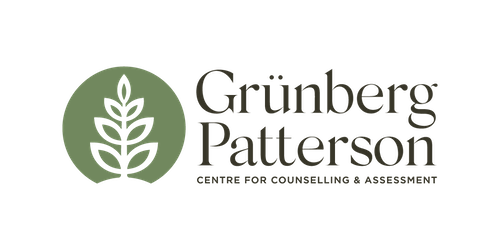Gardening to Life
Gardening to Life: Sore Muscles, Lilies, Artichokes and Metaphors
this article first appeared in the Island Word, spring, 2006. It is one of our favorites.
The long days have arrived, and Monika can be found every evening in the garden, until long after Serena has declared it to be “dark” and gone to bed. For Monika, the garden is a long-awaited joy, a place to renew her spirit and to use her senses as she delights in the new life all around her. With a new yard to play in this year, Monika is thrilled with each new plant to show itself. The hummingbirds are back, providing aerial displays while they rival over the bright red feeders that Monika puts out for them. There are more than a half a dozen Mason Bee houses on the lot, already stuffed with the pollen and larvae packages that will be next year’s early pollinating brigade.
Oddly, this is not Serena’s favorite time of year. Her NIC students have left; some for summer jobs and some off to university. For four long months, no one takes notes when she speaks. Her admiration of gardening is mainly from afar, and we have decided for the most part that this is a healthy compromise between hurting herself trying to help, and withdrawing in pain and humiliation. She loves the metaphors of gardening—compost into flowers, roots going deep into the soil, buds opening, fruit ripening, and the endless, comforting rhythm of the earth’s cycles. But when Monika calls eagerly, “oh, come smell this!”, Serena’s sinuses fill up instantly and she sneezes. Recently, Serena returned home from a conference to find 2 yards of bark mulch that needed moving to make way for the 5 yards of fish compost on the driveway, which, in turn, needed spread before the delivery of next winter’s wood by the following Tuesday. She tried valiantly, but after three days of hauling, four chiropractic visits, ice packs and massage, she is recuperating and next year’s wood is still on the driveway (atop 3 yards of fish compost). Meanwhile, who can she complain to? Monika is in garden-heaven, and she leaves her cell phone on the kitchen table when she goes out.
Allergies notwithstanding, it is safe to say that everyone needs a knowing connection with the earth. Serena remembers a friend she met in college who had only lived in cities, and who, as a child, had assumed that the whole earth was paved, with small holes in the pavement for things like trees, and larger holes for parks and farms. Once, Serena’s Mid-western brother picked up a visitor at the airport from Los Angeles. Driving home, the car air conditioner masked the sound of cicadas and locusts outdoors. But when the two men opened the car doors, the one from Los Angeles dove to the ground for cover, having heard what he believed were sirens from all directions. Serena’s family tells these stories with an air of pity for the city folk; how strange to know so little! How do they live in such a world?
Of course, we now know that we carry the code of all of nature within our own cells, and that our bodies are the landscape of a complex community of living things, mostly microscopic. So, while we may dream of “getting away to nature”, in truth, we have never gotten away from nature. But being connected and knowing about that connection is not the same thing. Knowing about our connection to the living world gives us important opportunities to become more resilient, smarter, and richer spiritually.
Take the garden, for instance. Plant a rose under a cedar tree, and it won’t do well. Nor will wishing make a plant change its characteristics. A cabbage will be a cabbage, even if the planter wanted it to be a rose. And if a person were foolish or naïve enough to ask the plant, “what’s the matter? don’t you care about what I want you to be?”, the experienced gardener would reply, “Find out what kind of plant it is, and what it needs.” The gardener learns to choose plants that are a good fit for the environment that she can provide: daisies and sun flowers need sunny places, but violets like some shade. He also learns to adjust the environment to the plant. If our hearts are set on fragrant lilacs, we add lime around the roots to neutralize the Rain Forest acidic soil. Children come into the world believing that it revolves around them, and that wishing and making things happen are one and the same thing. But no amount of denial will make a lilac grow well in acidic soil. Gardening gives wonderful lessons in “it’s not about you”. This is both liberating, and frustrating. But if you want healthy plant, you have to start with what it needs.
Assessing a school child’s learning style is not that different than figuring out what kind of plant you have and what it needs. The tools are different, of course, but the attitude of wonder, and the questions, “who are you, and what do you need to shine?” are the same. Relationship counselling is often like gardener apprenticeship, where the participants learn to better recognize and honor the nature of one another, and to facilitate growth in its own terms. People are more flexible than plants and most animals in their ability to change environments to suite them, and to change themselves to fit in the environment. And this is a double-edge sword; it can make it very hard to discover a mismatch of person and niche, and to identify the changes necessary to achieve a more healthy and lovely expression of “true” identity. A human “lily” may be well disguised as an “artichoke”, and may have valid reasons to hold on to the ruse. Therapy is still guided by that old adage that people flower best when they are offered an atmosphere that allows for self exploration, and that lets them feel that whatever “flowers” they harbor inside are going to be welcomed as a gift to the world. As self-knowledge of one’s inner garden grows, the counselor can help to teach the right “fertilizers” and tools needed to continue its care.
Meanwhile, the heat of the afternoon has passed, and it is time to go outdoors again. There is fish compost to spread, and wood to stack. The landscape that is our bodies needs stretching and exercise (Serena’s needs an allergy mask). If the column is short this month, blame (or thank) the back yard for calling to us.










